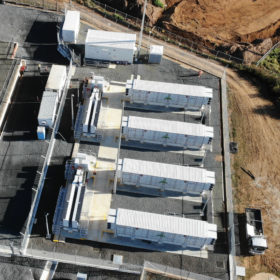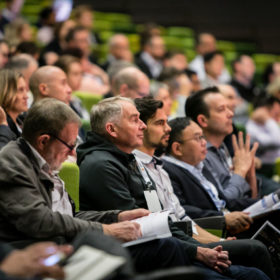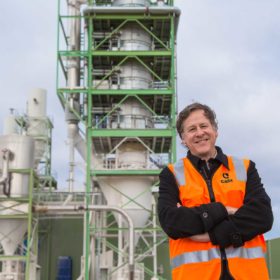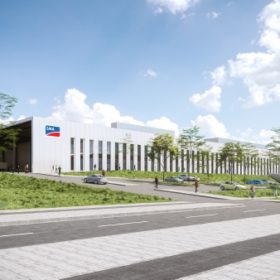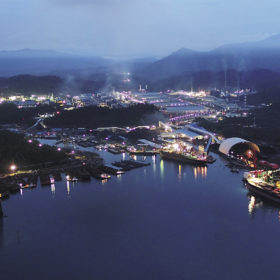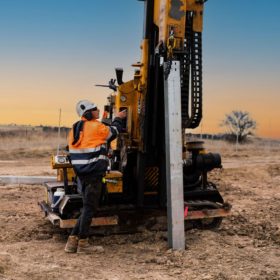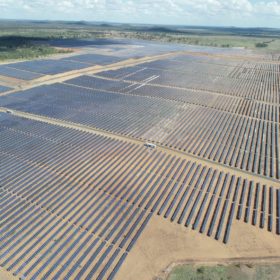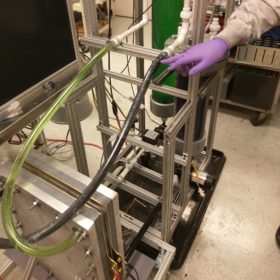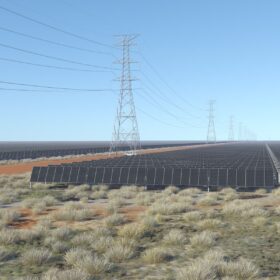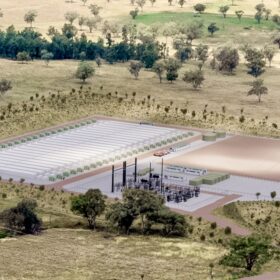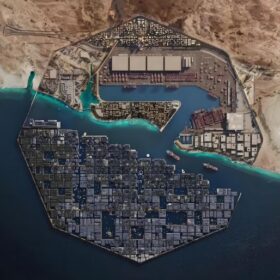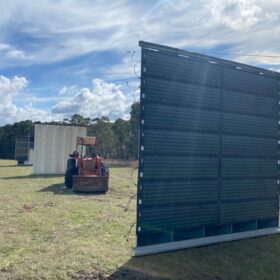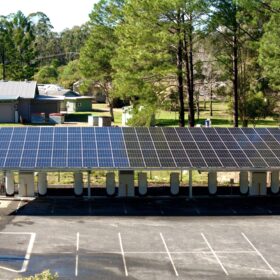20 MWh battery project commissioned in ACT
A 10 MW/20 MWh battery energy storage system associated with a Victorian wind farm has be commissioned by Ingeteam at the Queanbeyan substation in the Australian Capital Territory.
Shirked question: COP27, All Energy and a long avoided issue
Australia has paid just 38% of its “fair share” towards the internationally agreed climate finance target. The revelation speaks to the issue of fairness – a key topic at COP27, currently underway in Egypt. But Australia’s premier renewable energy event offered little hope that questions of equity and deep sustainability are being considered here, even by the architects of our own transition.
Could Australia still have a pathway to manufacturing green steel?
ARENA has awarded global technology company Calix $947,035 (USD 612,509) to help fund an eleven-month study into the feasibility of deploying the company’s proprietary Zero Emissions Steel Technology (ZESTY) at a demonstration plant – something both Calix and ARENA are touting as a pathway to green steel manufacturing using hydrogen in Australia.
To play climate catch-up, Australia must learn to battle supply chain woes
As uplifting as Australia’s climate turn around is, SMA Australia’s Joshua Birmingham says it would be “naive” to ignore the fact that this rapid growth will present challenges for the industry, with demand potentially outstripping supply in many key areas of the renewable energy value chain.
Indonesia may add 66 GW of solar by 2030, says IRENA
The International Renewable Energy Agency (IRENA) says that solar could become the backbone of Indonesia’s energy system by 2030. However, the nation’s own expectations are still far off from IRENA’s scenarios.
ACEN gives green light for 400 MW Stubbo Solar Farm
The Australian arm of Philippines-based clean energy company ACEN Corporation has pressed go on the 400 MW Stubbo Solar Farm to be built near Dubbo in the New South Wales central west.
Flow Power enters Queensland market with Clermont Solar Farm PPA
Australian electricity retailer Flow Power has officially entered the Queensland market, inking an offtake deal with German-owned renewable energy developer Wirsol Energy for 30 MW of clean electricity generated at the 89 MW Clermont Solar Farm.
NSW tender targets 600 MW of storage and 380 MW of firming capacity
The New South Wales government will stage a competitive tender to secure at least 600 MW of long duration storage as well as 380 MW of firming capacity as the state looks to fill the gap created by the impending closure of the country’s biggest coal generator.
Novel redox flow battery paves way for low-cost storage
US researchers have facilitated the decoupling of power from energy design by incorporating a conducting carbon slurry in the negative electrolyte of an all-iron flow battery. In a new study, they describe the design considerations for slurry iron redox flow battery scalability.
Weekend read: Five strategies for battery procurement
The worst effects of the pandemic may have passed, but supply chain disruptions continue to be felt across the world. The effects of the war in Ukraine are also evident to all of us in our daily lives, from commodities to energy, food supply chains and beyond. The disruption in the battery energy storage system (BESS) supply chain is no different, writes Cormac O’Laoire, senior manager of market intelligence at Clean Energy Associates. Indeed, as the cost of raw materials such as lithium climb, battery prices are being driven materially higher, on some accounts by 20% to 30%, rendering some projects uneconomical.
